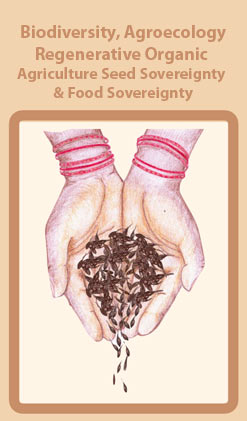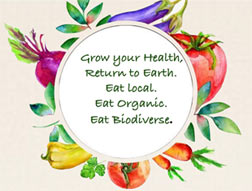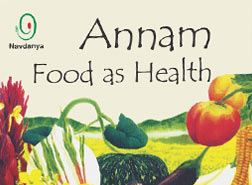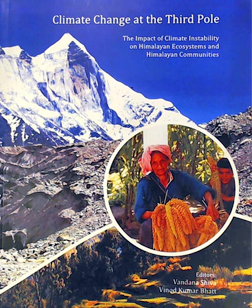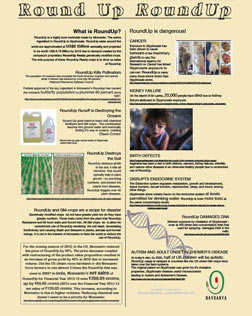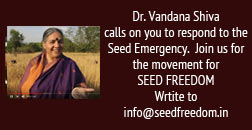Dr. Salvatore Ceccarelli
- It is now recognized that the shortcomings of centralized plant breeding are related to their inability to address the enormous diversity of environmental conditions and end-users’ needs.
- Organic agriculture practices provide a more sustainable way of producing healthy food; however, the lower yields often associated with those practices, making the resultant healthy food more expensive, open the criticism that such practices will not be able to feed human populations.
This is also in contrast with the genetic diversity maintained by farmers in stress environments in the form of different crops, different cultivars within the same crop and/or heterogeneous cultivars to retain adaptability, i.e. to maximize adaptation over time, rather than adaptation over space. Diversity and heterogeneity serve to disperse or buffer the risk of total crop failure due to environmental variation.
It appears that on one hand, plant breeding has been unable to address the needs of a considerable number of farmers, including the most marginal and the poorest, and on the other hand has created a number of undesirable effects on the environment and on biodiversity. It is now recognized that the shortcomings of centralized plant breeding are related to their inability to address the enormous diversity of environmental conditions and end-users’ needs. Participatory plant breeding has been proposed as a solution to the problem of fighting the crop to a multitude of both target environments and users’ preferences. It is worth mentioning that, although farmer participation is often advocated on the basis of equity, there are sound scientific and practical reasons for farmer involvement to increase the efficiency and the effectiveness of a breeding programme.
Participatory plant breeding, being a relatively inexpensive and highly dynamic strategy to adapt crops to a number of combinations of both abiotic and biotic stresses and to organic agriculture, is the most suitable method to generate, directly in farmers’ hands, the varieties that will feed the current and the future populations. Evolutionary plant breeding offers the possibility of using the evolutionary potential of crops to our advantage by producing a continuous flow of varieties better adapted to organic systems, to climate change and to the ever changing spectrum of pests, without depending on chemical control.
Dr. Salvatore Ceccarelli, consultant in barley breeding and participatory research. Formerly Full Professor in Agricultural Genetics at the University of Perugia, Italy he has been associated with ICARDA since 1980, His pioneer work on participatory plant breeding has gained ICARDA world recognition as a leading center in participatory research. Among several recognitions are the CGIAR award for the Outstanding Scientific Article of the year 2000 and his appointment as plant breeding facilitator in the System wide Program on Participatory Research and Gender Analysis.


